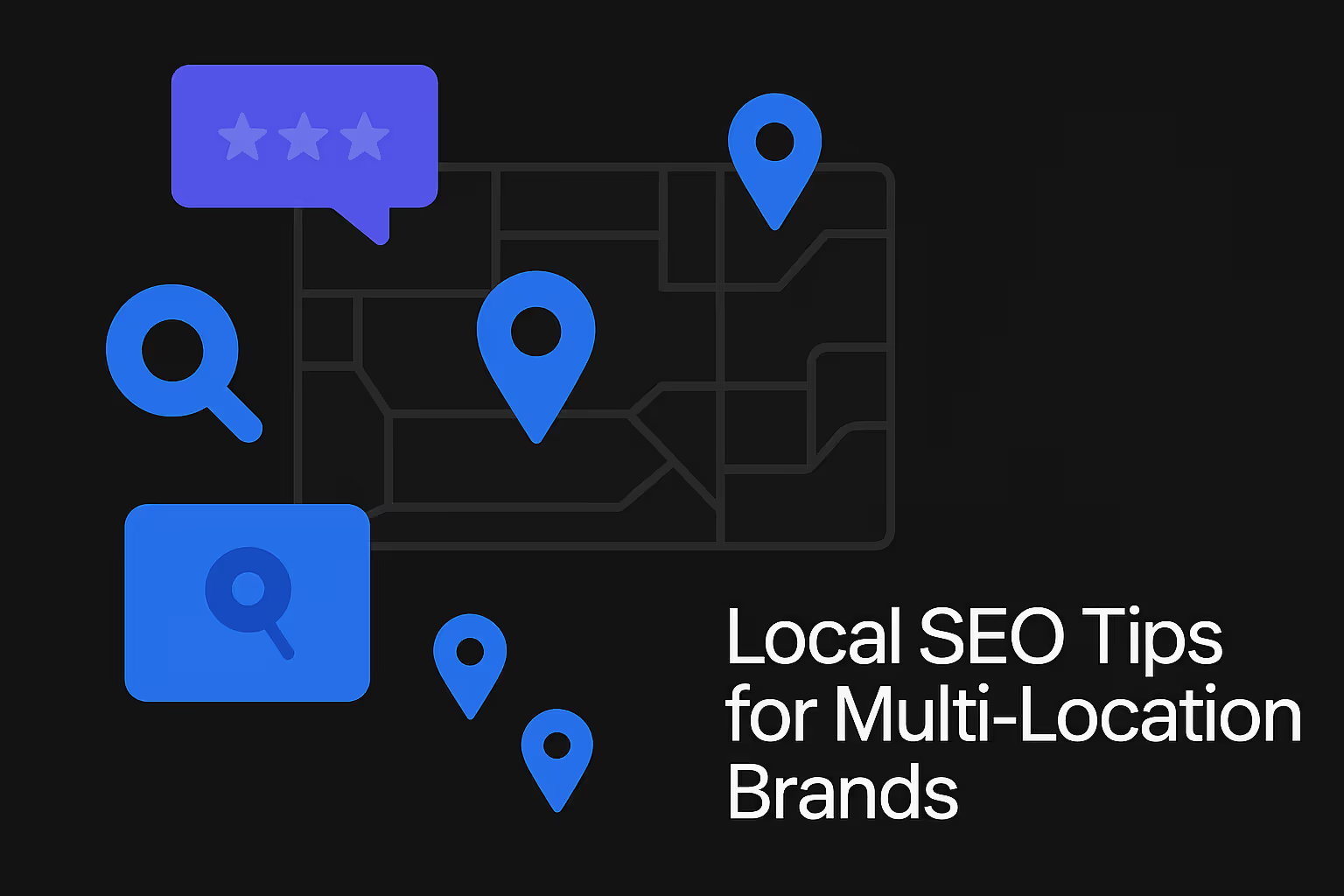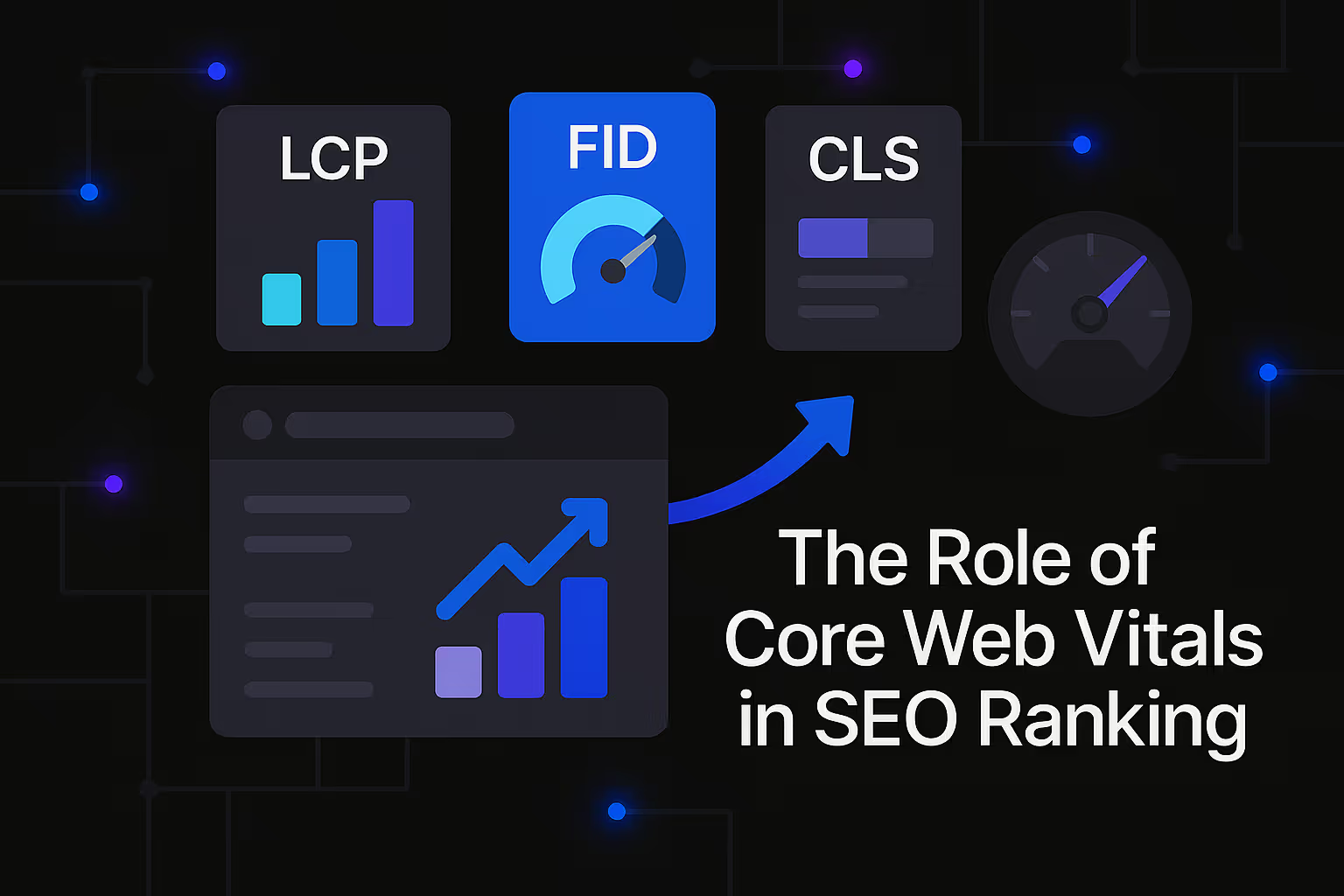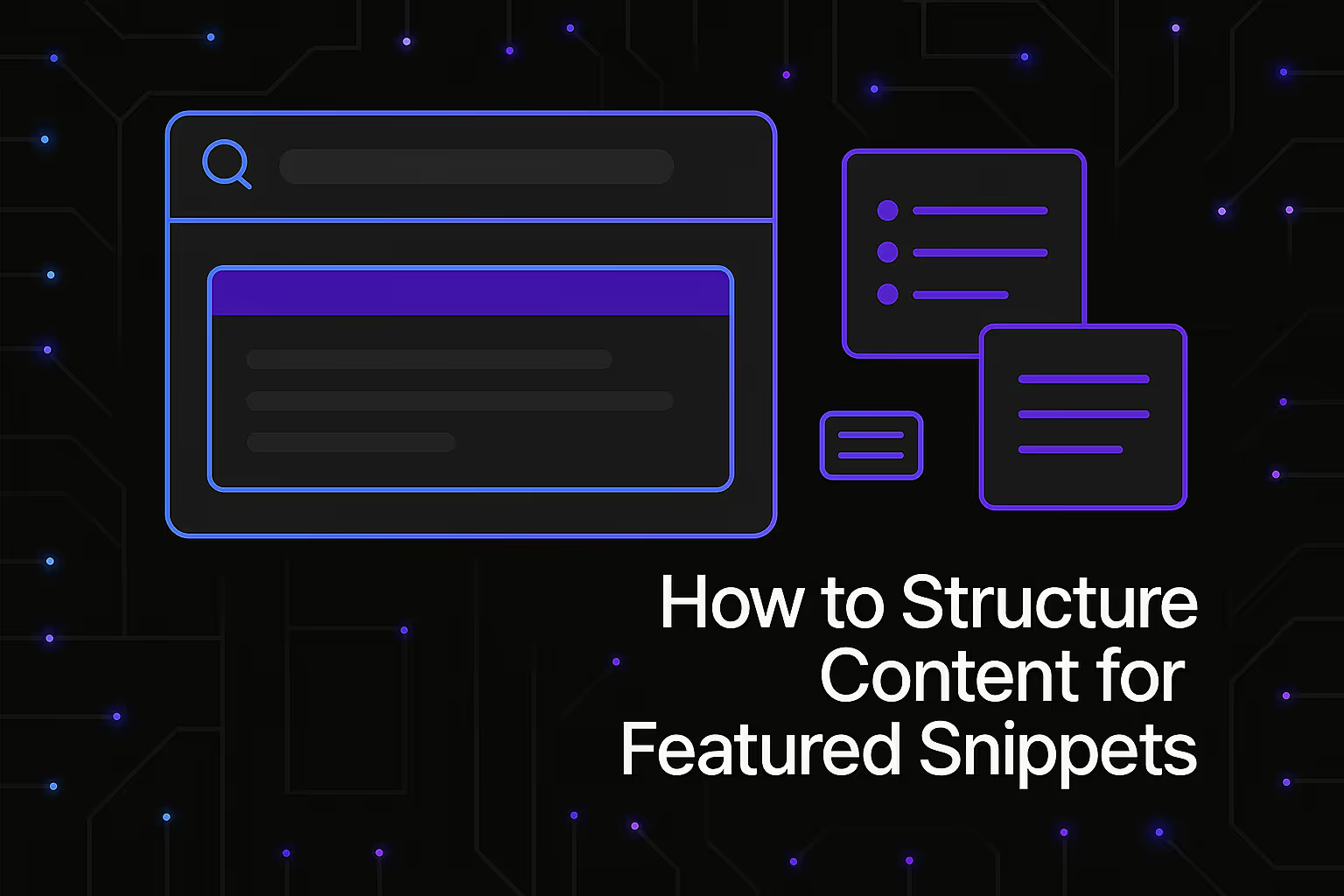Local SEO Tips for Multi-Location Brands

For multi-location brands, navigating the intricate landscape of local search engine optimization presents a unique set of challenges and, more importantly, immense opportunities. Unlike single-location businesses, enterprises with multiple physical addresses must replicate and scale their SEO efforts, ensuring each outpost receives its due visibility in localized search results. This requires a nuanced understanding of how search engines interpret local intent and deliver relevant information to users searching for products or services "near me." The goal is not merely to appear in search results but to become the authoritative and trustworthy choice for consumers in every specific geographical area you serve. By focusing on a user-first approach, building robust digital credibility, and meticulously optimizing every touchpoint, multi-location brands can unlock significant organic traffic and drive tangible business growth.
Laying the Foundation: Optimizing Your Google Business Profiles for Each Location
The Core of Local Visibility: Google Business Profile (GBP)
At the heart of any successful local SEO strategy for a multi-location brand lies the Google Business Profile. Each of your physical locations must possess a meticulously optimized and actively managed Google Business Profile. Think of your GBP as the digital storefront for each individual branch, often serving as the very first impression a potential customer will have. The accuracy and completeness of the information presented here are paramount.
The cornerstone of GBP optimization is ensuring absolute consistency in your Name, Address, and Phone number (NAP) across all online platforms. Even minor discrepancies can confuse search engines and dilute your local ranking signals. Beyond the foundational NAP details, comprehensive completion of your GBP is essential. This includes selecting the most relevant primary and secondary business categories that accurately describe your services or products. These categories directly influence the types of searches your business will appear for, so precision here is critical.
Furthermore, detailing your specific services or product offerings within GBP provides rich context for search engines and potential customers. Clearly stated business hours, including special holiday hours, prevent frustration and build trust. High-quality visual content, such as compelling photos of your storefront, interior, products, and even your team, significantly enhances engagement. Consider adding virtual tours where appropriate, offering a transparent and immersive preview of your location. Managing customer reviews directly within your GBP is another vital component. Actively soliciting and thoughtfully responding to reviews, both positive and negative, demonstrates a commitment to customer satisfaction and directly influences your local search rankings and overall reputation. This active engagement reinforces the trustworthiness and expertise of your brand in each specific locale, aligning with the principles of E-E-A-T – Experience, Expertise, Authoritativeness, and Trustworthiness.
Geo-Specific Keyword Integration within GBP
While the temptation might be to simply stuff keywords into your GBP description, a more sophisticated and effective approach involves the natural and strategic integration of geo-specific keywords. The aim is to help search engines semantically understand the context of your business within a particular locale, not just to match isolated terms.
When crafting your GBP descriptions and service lists, consider the long-tail local keywords that potential customers in that specific area might use. For instance, instead of just "Dentist," think "pediatric dentist in downtown [City Name]" or "emergency dental care [Neighborhood Name]." These highly specific phrases reflect user intent more accurately. Incorporate these naturally into your business description, service descriptions, and even post updates. For example, a multi-location restaurant brand might use phrases like "authentic Italian cuisine in [City District]" or "best pizza delivery in [Suburb Name]" within their respective location profiles. The emphasis should always be on providing helpful, relevant information that genuinely answers potential customer queries, rather than just forcing keywords. This approach aligns with a semantic understanding of search, where the search engine comprehends the full context and underlying intent of a query, allowing your content to truly answer user needs comprehensively.
Building Digital Authority: Local Citations and Online Reputation Management
The Power of Consistent Local Citations
Local citations are any online mentions of your business's NAP information. These can appear on various platforms, including online directories (like Yelp, Yellow Pages), data aggregators (like Factual, Infogroup), and even social media profiles. For multi-location brands, the sheer volume of these citations across numerous locations can feel daunting, but their importance cannot be overstated.
The fundamental principle here, much like with your Google Business Profile, is absolute NAP consistency for every single one of your locations. Every instance of your business information online should precisely match the details on your GBP. Inconsistencies – a slight variation in street name abbreviation, a different phone number, or an outdated business name – can significantly confuse search engines. When search engines encounter conflicting information, they become less confident about the veracity of your business details, which can negatively impact your local search rankings. It signals a lack of authority or accuracy. Meticulously auditing your existing citations and correcting any discrepancies is a critical undertaking. Tools can assist in this process, but a diligent, manual review for key directories and industry-specific listings is often necessary to ensure optimal data hygiene. This commitment to technical accuracy and consistency ensures that your content and business information are discoverable and properly indexed by search engine crawlers, forming a robust technical foundation for your local SEO.
Cultivating a Positive Online Review Ecosystem
Beyond mere citations, the aggregate sentiment and volume of online reviews significantly influence local SEO and consumer trust. For multi-location brands, this means establishing a proactive and consistent strategy for encouraging and managing reviews across all locations. A strong review profile demonstrates E-E-A-T and is a powerful social signal to both potential customers and search engines.
Developing strategies to encourage genuine customer reviews is crucial. This could involve polite requests at the point of sale, follow-up emails, or visible signage in your physical locations. The focus should always be on encouraging honest feedback, not incentivizing positive reviews, which can violate platform guidelines. Perhaps even more important than collecting reviews is actively responding to them. This includes thanking customers for positive feedback and, critically, professionally addressing negative reviews. A well-crafted response to a negative review can mitigate its impact, demonstrate excellent customer service, and even convert a dissatisfied customer into a brand advocate. It shows that your brand is attentive and cares about its customers' experiences.
Remember that Google reviews are paramount, but also consider other relevant platforms. For a restaurant, Yelp is vital; for a healthcare provider, Healthgrades or Zocdoc might be more important. Industry-specific review sites add further layers of authority and provide diverse signals to search engines about your brand's presence and reputation within specific niches. A holistic approach to review management across all pertinent platforms reinforces your brand's trustworthiness and engagement in each community.
Optimizing Your Digital Hub: Website Structure and Content for Multi-Locations
Structuring Your Website for Local Dominance
Your brand's website serves as the central digital hub, and its architecture must be specifically designed to support and amplify the local SEO efforts of each individual location. The most effective approach for multi-location brands is to create dedicated, unique, and highly optimized pages for every single physical location. This is not about creating duplicate content; rather, it is about providing search engines and users with highly specific and relevant information for each distinct branch.
Each location page should be a comprehensive resource. It must clearly display the unique NAP details for that specific branch, often at the top or in a prominent sidebar. Beyond basic contact information, these pages should host unique content that speaks directly to the local audience. This could include testimonials from local customers, details about specific services or products offered only at that location, or information about local promotions and events. Embedding an interactive Google Map for that specific location directly on the page enhances user experience and reinforces geographical relevance for search engines. Consider including distinct local phone numbers that can be tracked for marketing effectiveness. Integrating schema markup, specifically LocalBusiness schema, on each of these pages is a technical best practice. This structured data explicitly tells search engines critical information about your business, such as its name, address, phone number, hours, and accepted payment methods, making it easier for them to understand and display your local listings accurately in search results.
A thoughtful internal linking strategy is also crucial. Your main website navigation might link to a "Locations" page, which then serves as a directory, linking out to each individual location page. From product or service pages, you might dynamically link to the nearest location based on user IP, or offer a location finder. This interconnectedness ensures that search engine crawlers can efficiently discover and index all your location-specific content, allowing for robust crawl budget utilization and proper indexing.
Crafting Hyper-Local Content that Resonates
Moving beyond generic brand messaging, multi-location brands have a unique opportunity to craft hyper-local content that deeply resonates with specific communities. This involves understanding the nuances of each market and tailoring your content strategy accordingly. The aim is to demonstrate genuine local experience and authority, aligning with the E-E-A-T framework.
Ideas for hyper-local content are abundant. This could involve blog posts that discuss community events or sponsorships relevant to a specific branch's area, showcasing your brand's involvement in the local fabric. Highlighting local partnerships, such as collaborations with nearby businesses or charities, further solidifies your local presence. Location-specific blog posts that address unique challenges or interests of residents in a particular neighborhood, even if the core service is the same, can be incredibly powerful. For example, a plumbing company might write about common pipe issues in historic homes within one city district, while another location's blog focuses on water conservation tips relevant to a drought-prone region.
The key here is semantic SEO for local queries. Understanding the intent behind searches like "best [service] near [neighborhood/city]" or "[brand] [city] reviews" requires content that not only contains the keywords but truly provides the answers users are looking for. This means creating helpful, reliable, and people-first content that showcases your local expertise. Prioritize quality and depth over sheer quantity; one well-researched and genuinely useful local guide will outperform dozens of thin, keyword-stuffed articles. This content becomes a powerful signal to search engines that your brand is not just present in a location, but genuinely engaged and knowledgeable about its local community, fostering trust and authority.
Technical Considerations and Ongoing Strategies for Multi-Location Success
Ensuring Technical SEO for Scalability
While the focus on content and profiles is critical, the underlying technical infrastructure of your website plays an equally vital role in local SEO success for multi-location brands. Neglecting technical SEO can hinder even the most well-crafted content from being discovered and properly indexed by search engines.
For websites with numerous location pages, maintaining accurate and up-to-date sitemaps is fundamental. Each location page should be included in your XML sitemap, signaling its importance to search engine crawlers and encouraging efficient discovery. As new locations are added or existing pages are updated, the sitemap must be promptly revised. Furthermore, implementing schema markup, specifically the LocalBusiness schema, on each location page provides explicit, structured data about your business to search engines. This helps them understand critical details like your business type, address, phone number, hours, and geo-coordinates, which can directly influence how your business appears in local search results and map listings.
Given Google's mobile-first indexing approach, ensuring that all your location pages are fully responsive and load quickly on mobile devices is non-negotiable. A slow or clunky mobile experience can negatively impact rankings and user satisfaction. Tools like Google's PageSpeed Insights can help identify performance bottlenecks. For large multi-location websites, managing your crawl budget becomes an important consideration. Googlebot allocates a certain amount of resources to crawl a website. If you have a vast number of pages, ensuring that Googlebot spends its time crawling your most important local pages – rather than less critical or duplicate content – is crucial. This might involve strategic use of robots.txt files to disallow crawling of unimportant sections or setting canonical URLs for any pages that might contain similar content, directing search engines to the preferred version. Proactive crawl budget optimization means your AI-generated content (if applicable) and manually created pages are always discoverable and prioritized by search engine crawlers.
The Iterative Nature of Local SEO for Brands
Local SEO, especially for multi-location brands, is not a set-it-and-forget-it endeavor. The digital landscape is dynamic, with search algorithms constantly evolving and user behaviors shifting. Therefore, a commitment to continuous monitoring, learning, and adaptation is paramount for sustained top-tier performance.
Regularly monitoring your local search performance across all locations is essential. This involves tracking keyword rankings for local queries, monitoring organic traffic to location pages, analyzing Google Business Profile insights (like views, calls, direction requests), and keeping a close eye on online review trends. Tools like Google Analytics and Google Search Console provide invaluable data for this purpose.
Adapting to algorithm updates is another critical aspect. Google frequently rolls out updates that can impact local rankings. Staying informed about these changes and proactively adjusting your strategies ensures your brand remains competitive. Furthermore, understanding evolving user behavior – for example, a growing preference for voice search for local queries – can inform new content strategies and optimization efforts.
Finally, competitor analysis at a local level provides crucial insights. Identifying local competitors who are outranking you can reveal opportunities for improvement in your own strategy, whether it's more robust GBP optimization, better local content, or a stronger review profile. Leveraging local analytics to refine your strategies means constantly testing, learning from the data, and iterating your approach to consistently improve your local search visibility and drive business outcomes. This continuous learning ensures your strategy remains at the forefront of SEO efficacy, allowing your brand to adapt proactively to the constantly evolving search landscape.
In conclusion, achieving dominant local SEO for multi-location brands requires a comprehensive, systematic, and evolving strategy. It's about meticulously optimizing each digital touchpoint for every single location, from the foundational Google Business Profile to the nuanced content on dedicated location pages. It demands a user-first mindset, an unwavering commitment to building digital authority through consistent citations and positive reviews, and a robust technical infrastructure to ensure discoverability. By embracing continuous learning, adapting to market changes, and diligently executing these strategies, multi-location brands can effectively capture local search visibility, attract qualified traffic, and ultimately convert local searches into tangible business success across all their branches.
Similar Insights
Stay Updated with Our Insights
Join our newsletter for the latest trends and tips in web development and digital marketing.




